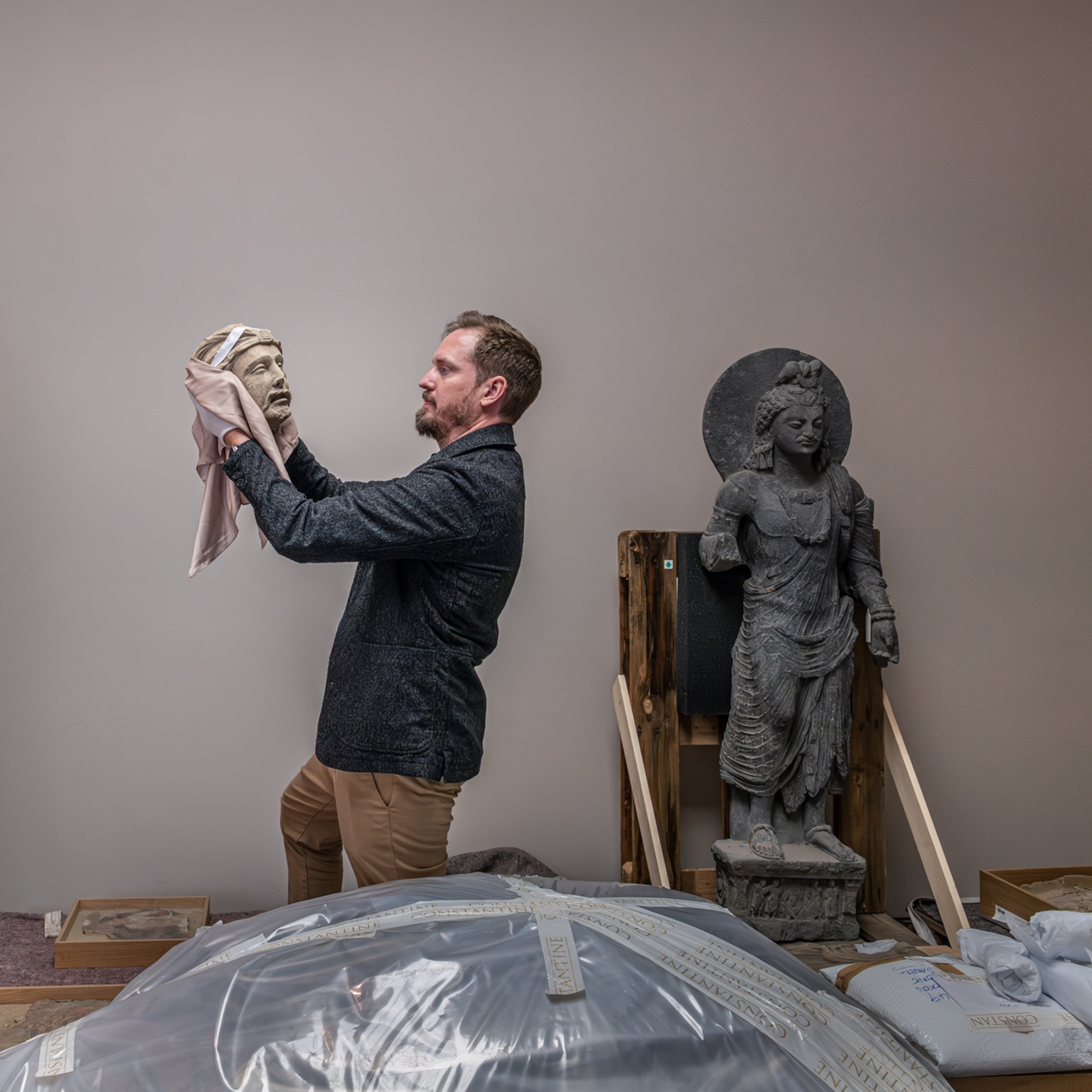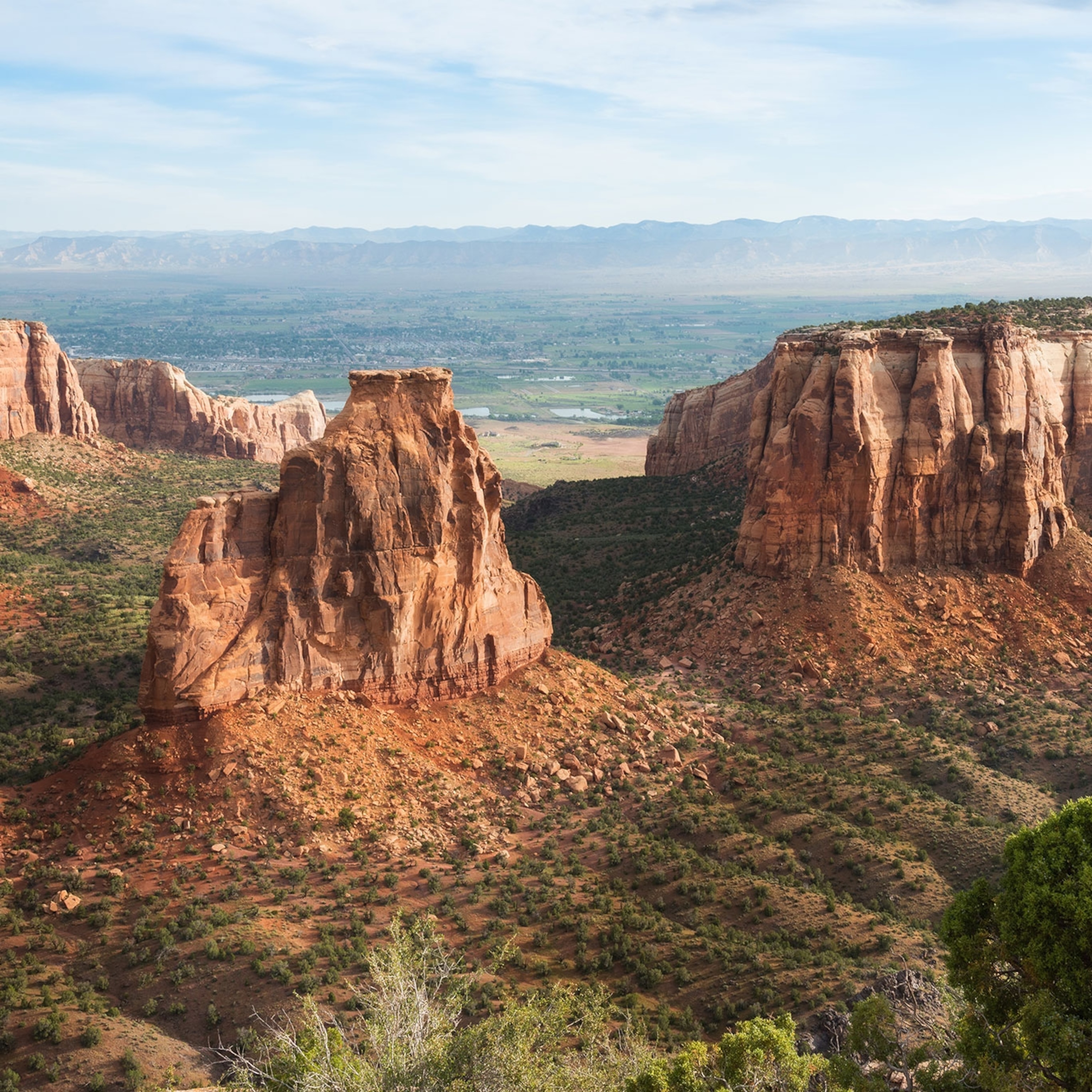
Archaeologists Train "Monuments Men" to Save Syria's Past
Amid the devastation and danger of civil war, Syrian archaeologists and activists are risking their lives in the battle against looting.
The ancient city of Dura-Europos sits on a bluff above the Tigris River a few miles from Syria's border with Iraq, its mud-brick walls facing a bleak expanse of desert. Just a year ago the city's precise grid of streets—laid down by Greek and Roman residents 2,000 years ago—was largely intact. Temples, houses, and a substantial Roman outpost were preserved for centuries by the desert sands.
"It stood out for its remarkable preservation," says Simon James, an archaeologist at the U.K.'s University of Leicester who spent years studying the site's Roman garrison. "Until now." (See before and after pictures of archaeological site looting.)
Satellite images of the site released by the U.S. State Department in June show a shocking picture of devastation. In the past year, as fighting continued to rage between the government of President Bashar al Assad's troops and rebels—including the Islamic State in Iraq and Syria—the site has been ravaged by industrial-scale looting.
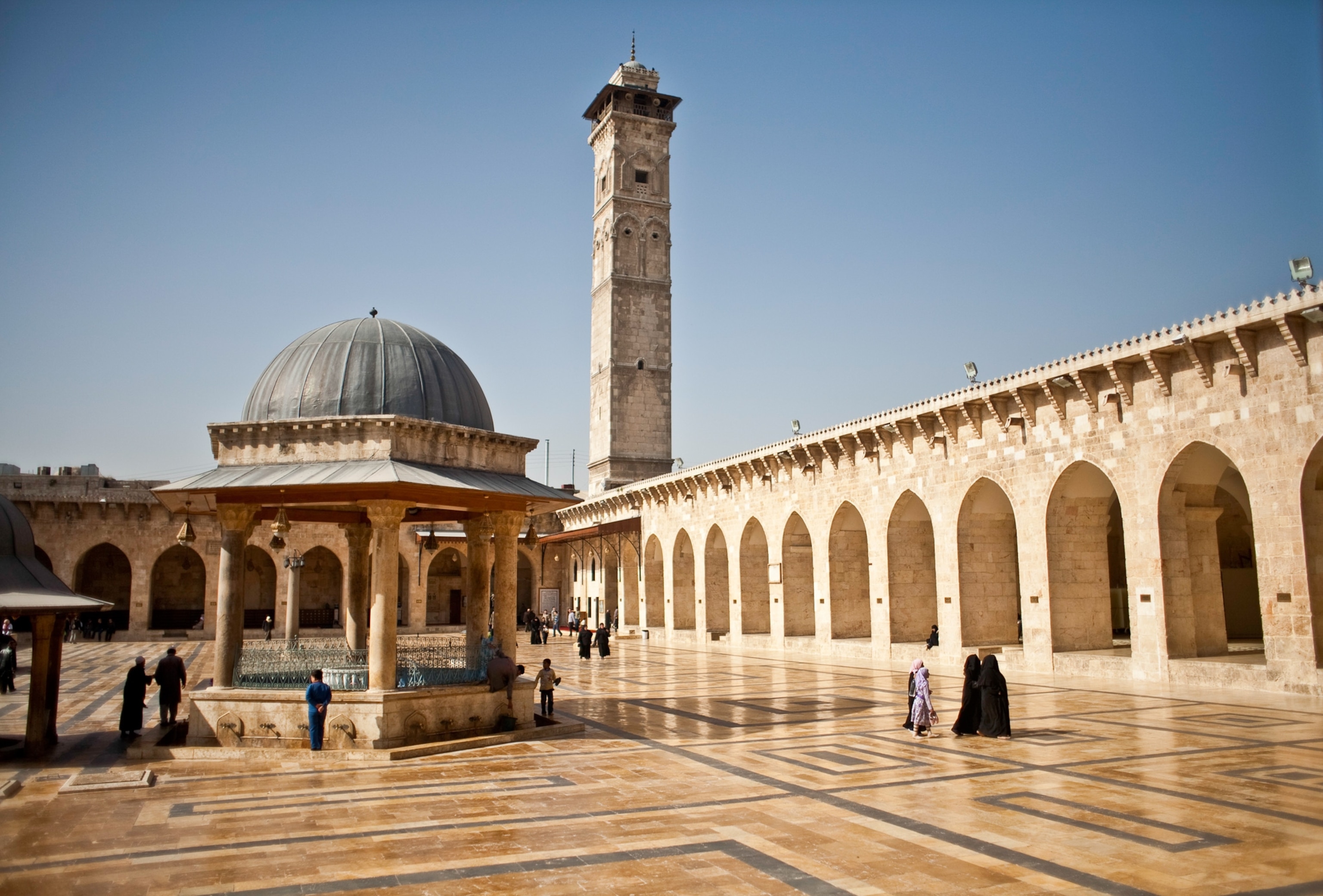
"It's a lunar landscape of spoil heaps," says James. "Obviously, the looters were bankrolled to a massive extent to do something like this."
It may be too late to save Dura-Europos, but archaeologists and activists are scrambling to preserve what's left of Syria's rich history, which stretches back more than 10,000 years. The efforts are focused on training locals to save ancient monuments and museum collections in the midst of a war zone.
Organizations including the University of Pennsylvania's Cultural Heritage Center, the International Council on Monuments and Sites (ICOMOS), and Heritage for Peace, a network of volunteers and activists based in Spain, have been holding workshops to train Syrian archaeologists, curators, and activists in "first aid for objects and sites," says Emma Cunliffe, a consultant specializing in heritage protection during conflicts.
In the midst of a war that has killed more than 190,000 people so far, millennia-old ruins and dusty museums may not seem like a priority.
But archaeologists say that preserving Syria's past is important if the country is to recover someday from the ravages of civil war. Cultural tourism was a mainstay of the Syrian economy before 2011, says John Russell, a State Department consultant who helps countries protect their archaeological treasures. "It's important that we preserve as much as possible of this economic asset for Syrians in the future."
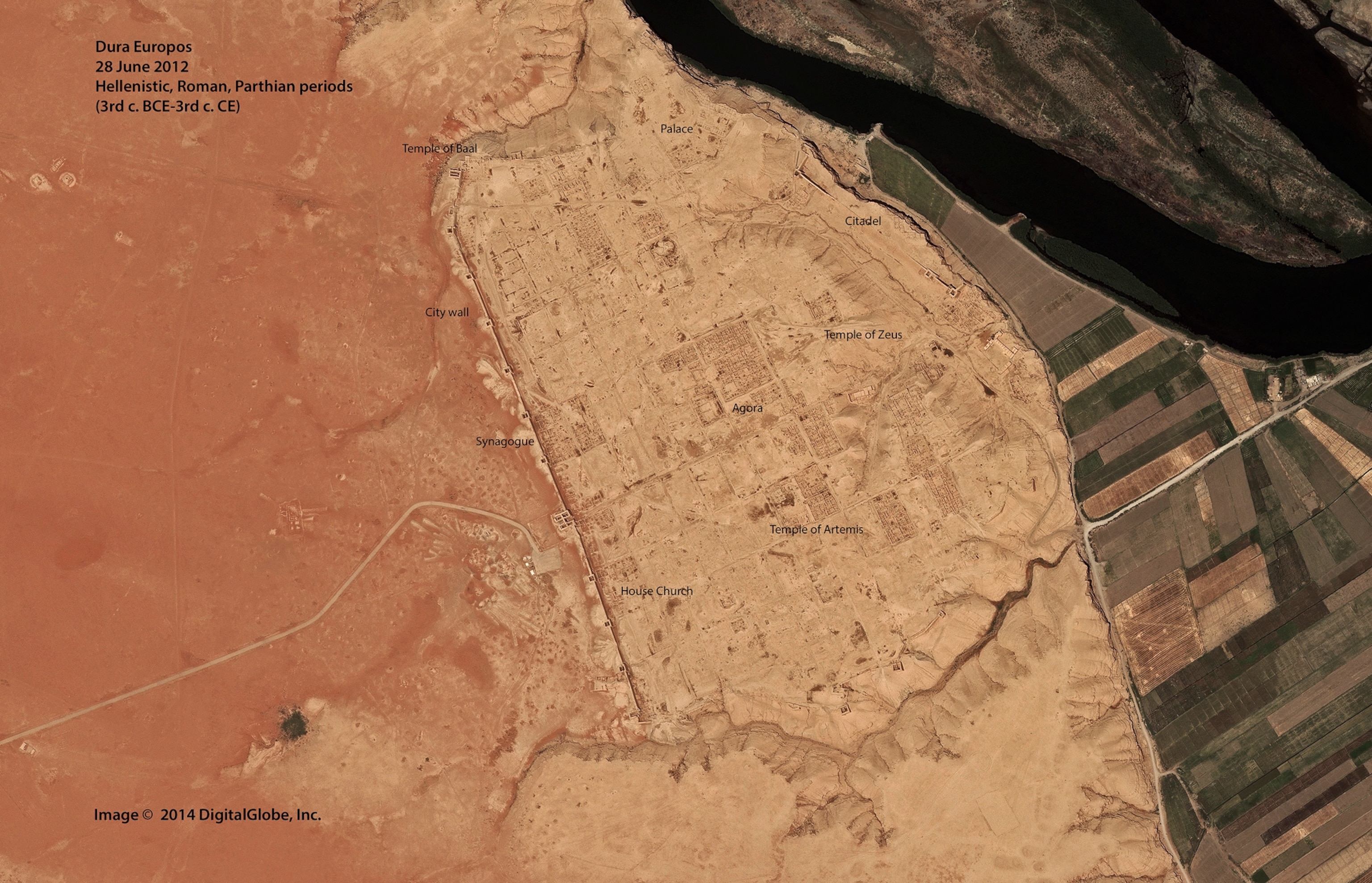

Learning to Save History
At a recent workshop held in Turkey, near the Syrian border, curators and restoration experts taught Syrians emergency conservation techniques, such as wrapping mosaics and ceramics in Tyvek, a tough, lightweight plastic used in construction, before burying or sandbagging them. The workshop participants left Turkey with supplies of Tyvek and other hard-to-come-by items, like museum-grade glue.
"It should tell you something about the commitment of these people," says Brian Daniels, director of research at the University of Pennsylvania's Cultural Heritage Center in Philadelphia. "They got outside Syria safely and then went back."
Back to places like the museum at Maarra al Numan in Idlib Province, which houses a priceless collection of fragile mosaics from Syria's late Christian and Byzantine period. Over the past year the museum has come under repeated assault, suffering damage from barrel bombs and raids by the Islamic State (also called ISIS or ISIL) and Al Nusra rebels.
"Locals are saying, This is most important for us to save, because it represents us," says Daniels. But given the dangerous conditions in the country, options for protecting such collections are limited.
"All we can do is stabilize, conceal, and give some training in conservation and emergency restoration," he says. "We're talking about how you secure objects and collections when things are falling apart around you. It's kind of a grim business."
Reports from inside Syria, as well as satellite images like the ones from Dura-Europos, confirm just how grim. Christian cemeteries have been vandalized by Islamist State guerrillas, and fighters from both sides of the Syrian conflict have targeted historic mosques and churches, particularly minarets and bell towers that could conceal snipers.
Some of Syria's highest profile historic sites, meanwhile, have fallen victim to the fighting. The historic center of Aleppo, which is world renowned for its medieval Arab architecture, was devastated by fierce fighting in the conflict's early days. In March the Crusader castle Crac des Chevaliers was used as a rebel stronghold and shelled by attacking government forces. And even the iconic Roman-era ruins of Palmyra have been damaged by tank fire and defensive earthworks. All are UNESCO World Heritage sites.
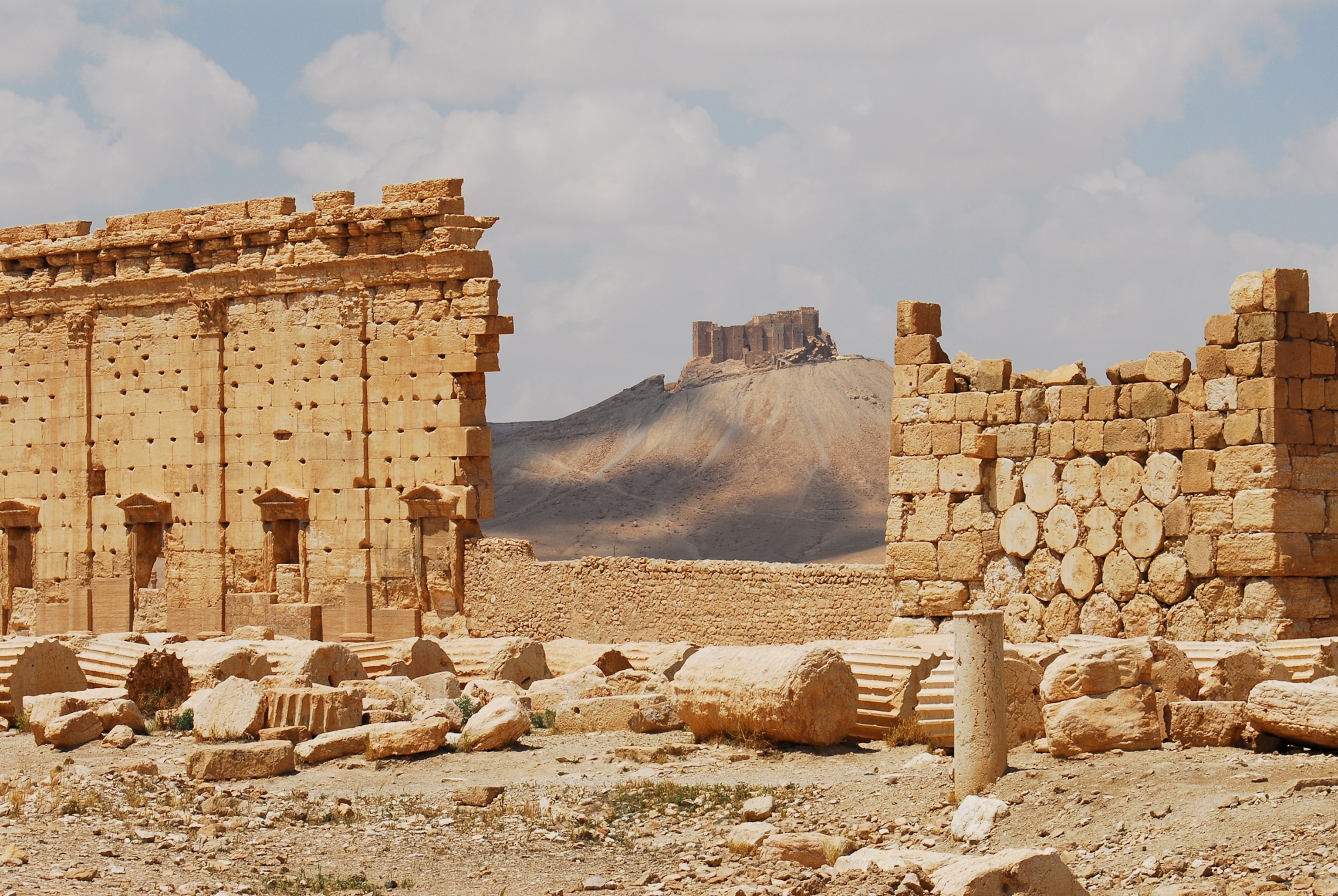
Selling Heritage
Satellite images of Dura-Europos and other places suggest that looters have access to significant resources and expertise, not to mention heavy equipment.
"There must have been dozens of people involved, and they must have been finding stuff that encouraged them to keep digging," says Russell, the State Department consultant. "It's pretty spectacular to dig up an entire midsize ancient city."
The conflict in nearby Iraq may have been a training ground for organized gangs of looters.
"Looting is a job opportunity that war can create," says Salam al Kuntar, a Syrian archaeologist who fled the country in 2012 and now works at the Penn Museum. "But it takes time to establish networks and understand local contexts."
Post-invasion looting in Iraq flooded the black market with Babylonian and Sumerian clay tablets, drawing the attention of international authorities, but in Syria looters seem to be targeting sites with connections to ancient Greece and Rome.
"Classical objects are easier to sell, because Roman figurines could come from anywhere," Al Kuntar says. "Tablets are more difficult to market because of Interpol."
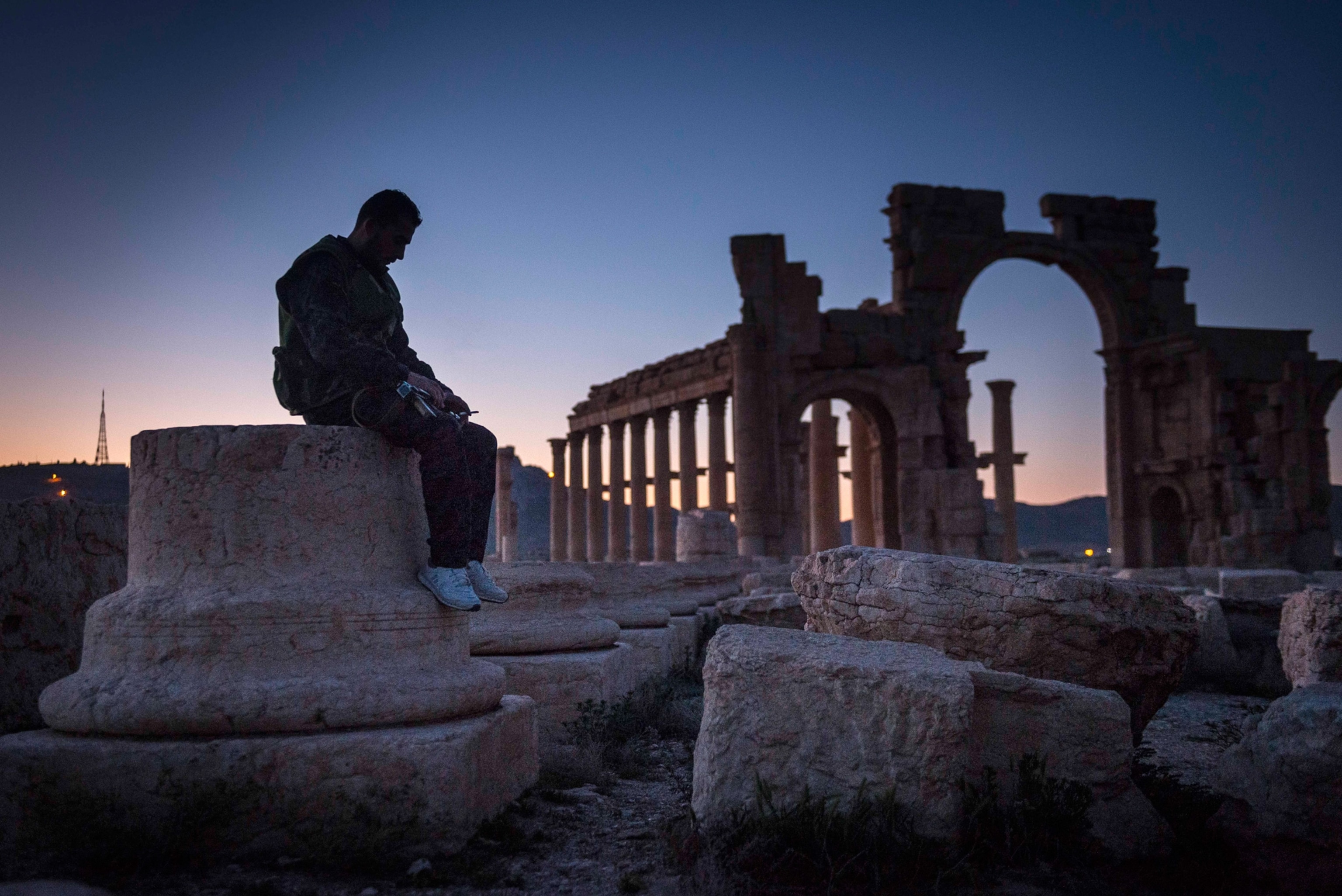
Symbols of Tolerant Past
To help international authorities such as Interpol track and recover illegally smuggled artifacts, the U.S. State Department last month awarded a $600,000 grant to the American Schools of Oriental Research to comprehensively document Syria's museum collections and cultural sites.
The catalog will help customs agents and other law enforcement officials spot looted goods and apprehend smugglers, as well as raise awareness of stolen objects among antiquities dealers and collectors.
The project will also use satellite imagery, social media, and reports from informants on the ground to document the toll Syria's civil war is taking on the country's ancient sites.
Some of those sites are symbols of the country's diverse, tolerant past. Before its recent destruction, Dura-Europos was a good example, says archaeologist James.
"Dura seems to have been a multicultural, multireligious, tolerant kind of place. Christians, Jews, and what we would call pagans lived side by side. The Roman soldiers looked down from the city's walls on a synagogue and a Christian house church."
